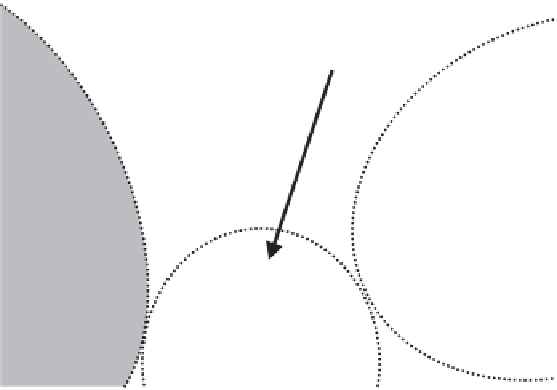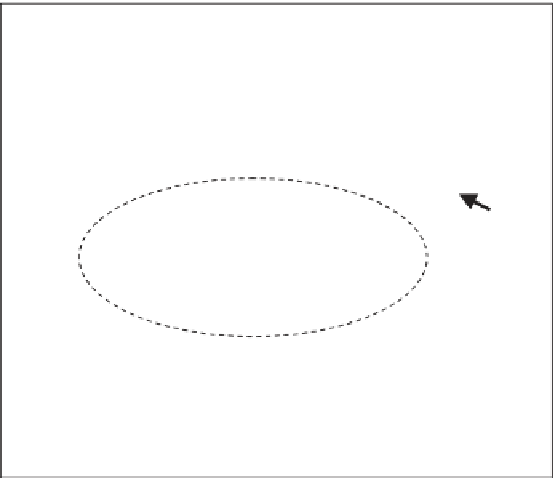Environmental Engineering Reference
In-Depth Information
5
Shallow lake
non-planktonic taxa
4
D
3
E
Common
ubiquitous
taxa
2
B
1
Acidophilous to
circumneutral
nutrient-poor
taxa
Eutrophic
taxa
mostly
planktonic
A
C
0
Mesotrophic taxa
mostly planktonic
−1
−1
0
1
2
3
4
5
6
Axis 1 (62% of variance)
Figure 3.3
Diatom assemblages in sediment cores taken from 24 fresh water Scottish lakes. Diagrammatic view
of a detrended correspondence analysis (DCA) biplot showing: (a) Individual sites (arrows). Each arrow denotes the
transition from the bottom of the sediment core (reference sample) to the top (current state). Five sites are shown: A.
mesotrophic to eutrophic plankton. B. mainly benthic to planktonic diatoms. C. oligotrophic to mesotrophic state. D.
shallow lake, little change. E. deep oligotrophic lake, little change. (b) Diatom assemblages, in different regions of the
plot. Shallow lake, non-planktonic (
Achnanthes
,
Cocconeis
,
Cymbella
,
Fragilaria
,
Navicula
); acidophilous, nutrient-
poor (
Achnanthes minutissima
,
Brachysira vitrea
,
Cyclotella comensis
,
Cyclotella kuetzingiana
,
Tabellaria flocculosa);
);
mesotrophic, planktonic (
Asterionella formosa
,
Aulacoseira subarctica
,
Fragilaria crotonensis
); eutrophic planktonic
(
Aulacoseira granulata
,
Cyclostephanos
,
Stephanodiscus
); common ubiquitous taxa. Figure adapted and redrawn from
Bennion
et al
., 2004.
far more productive state compared to the beginning
of the sediment record, with accelerated enrichment
since 1980.
(caused particularly by humic materials). The
diversity and inter-relationships of different lakes
in relation to these characteristics were emphasised
by the study of Rosen (1981), evaluating lake types
and related planktonic algae from August sampling
of 1250 Swedish standing waters. A summary
from this study of algae characteristic of Swedish
acidified lakes, oligotrophic forest lakes (varying in
phosphorus content and conductivity), humic lakes,
mesotrophic and eutrophic lakes is given by Willen
(2000).
In this section, the role of algae as bioindicators is
considered in reference to four main aspects of lake
3.2.3 Water quality parameters: inorganic and
organic nutrients, acidity and heavy metals
A wide range of chemical parameters can be
considered in relation to general lake water quality -
including total inorganic ion content (conductivity),
inorganic nutrients (nitrogen and phosphorus),
soluble organic nutrients, acidity, heavy metal
contamination and presence of coloured matter

























Search WWH ::

Custom Search